 Sideway
BICK BLOG from Sideway
Sideway
BICK BLOG from Sideway
|
Link:http://output.to/sideway/default.asp?qno=140200015 Examples of 1D Kinematics Examples of 1D KinematicsGeneral equations of 1D kinematics can be used to solve 1D kinematics problems, however, attention should also be paid to the sense of a vector and the signed representation of a definite integral besides the function of motion. Example 1An object is tossed from a x0 m high cliff with initial speed v0m/s upward. Air resistance may be ignored, so the object is in free fall. What is the speed and position of the object after t s before hit the ground? What is the maximum position of the obect and the time required to reach the maximum elevation. And what is the time and the velocity of the object when touching the ground? What is the total distance of the object travelled? Assumed ground is the origin O, then velocity moving upward is positive. For free fall, the acceleration can be assumed to be equal to a=9.8m/s2 downward or with negative sense. Both the velocity and position of the object can be expressed as a function in term of time t. At t=t0=0, the given initial velocity is equal to v0 and the initial position is equalt to x0. And acceleration is constant and is equal to -g Imply 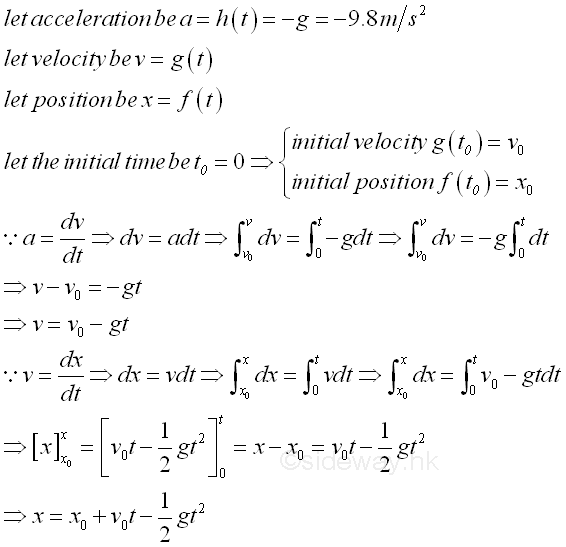 For maximum elevation, the derivation of position function of the object is equal to zero, or the velocity of the object is equal to zero. Imply 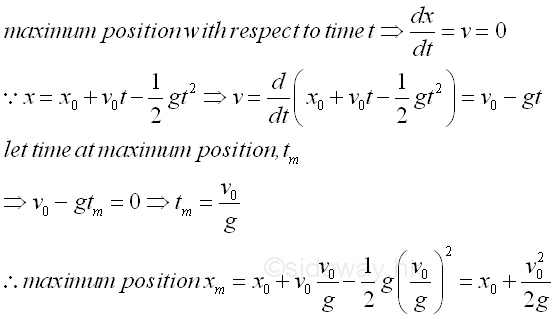
Since the position of the object is equal to zero when hitting the ground, imply 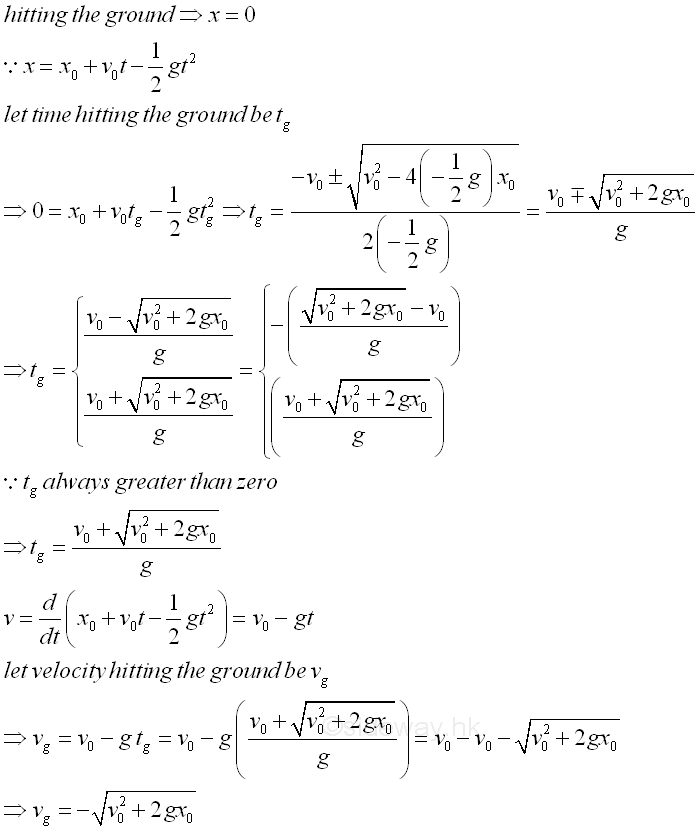
The velocity function of the object with respect to time is as following 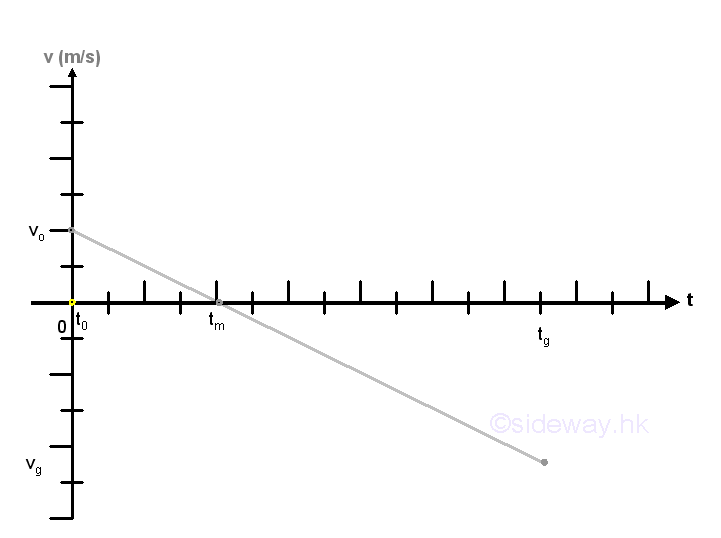
Since the distance travelled by the object is characterized by velocity direction with positive for moving upward and negative for moving downward, the total travelled distance should be determined separately. Imply 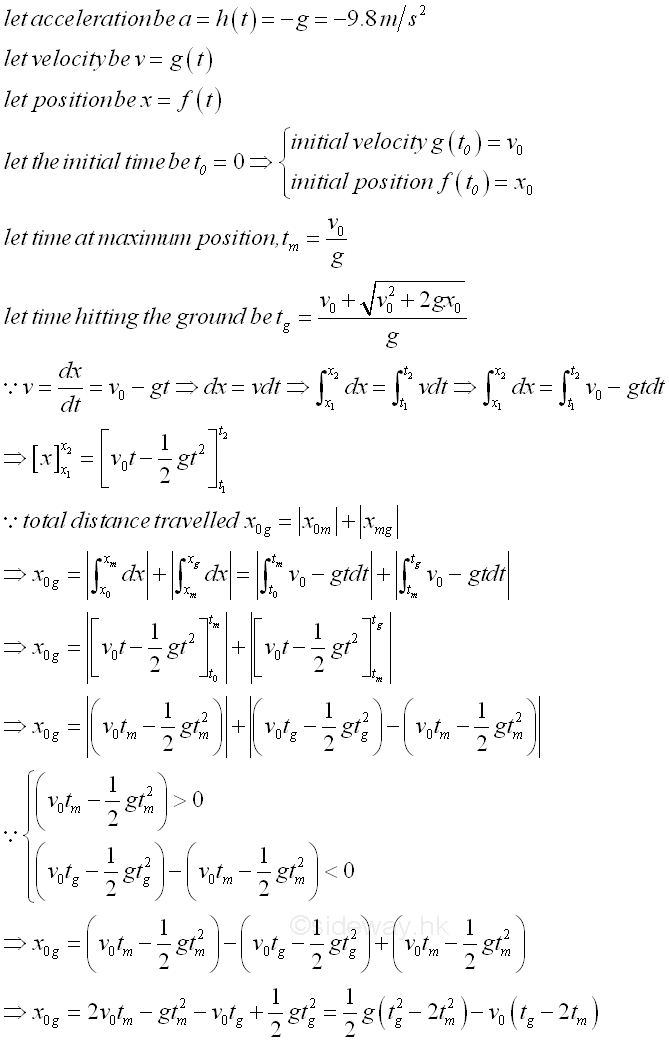
|
Sideway BICK Blog 15/02 |
||||||||||||||||||||||||||||||||||||||||||||||||||||||||||||||||||||||||||||||||||||||||||||||||||||||||||||||||||||||||||||||

